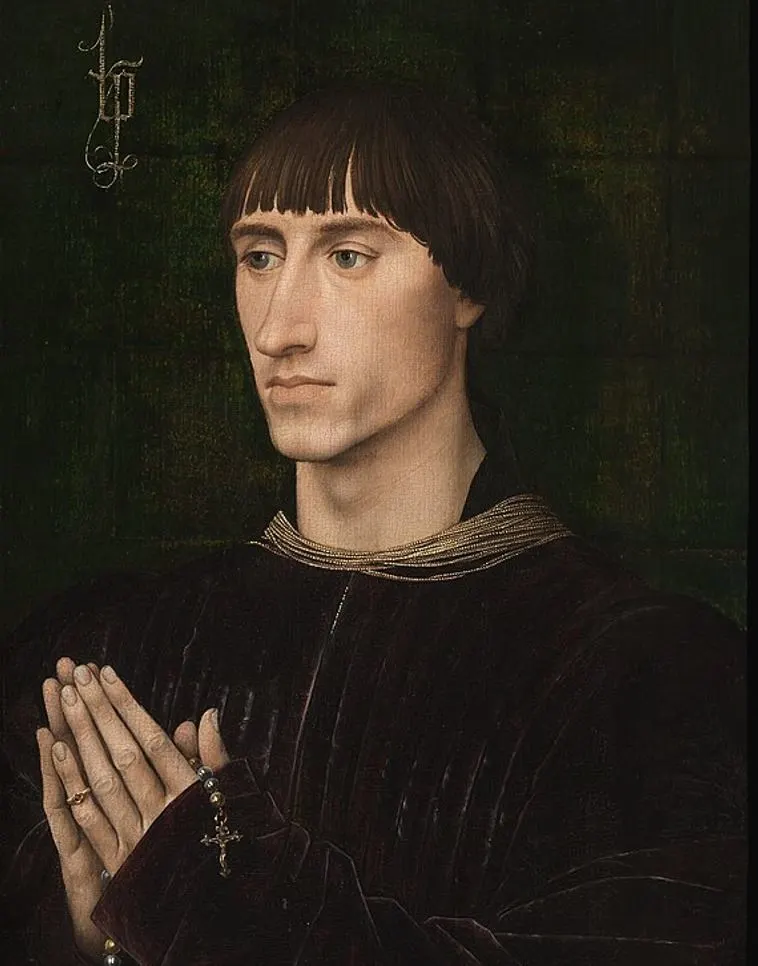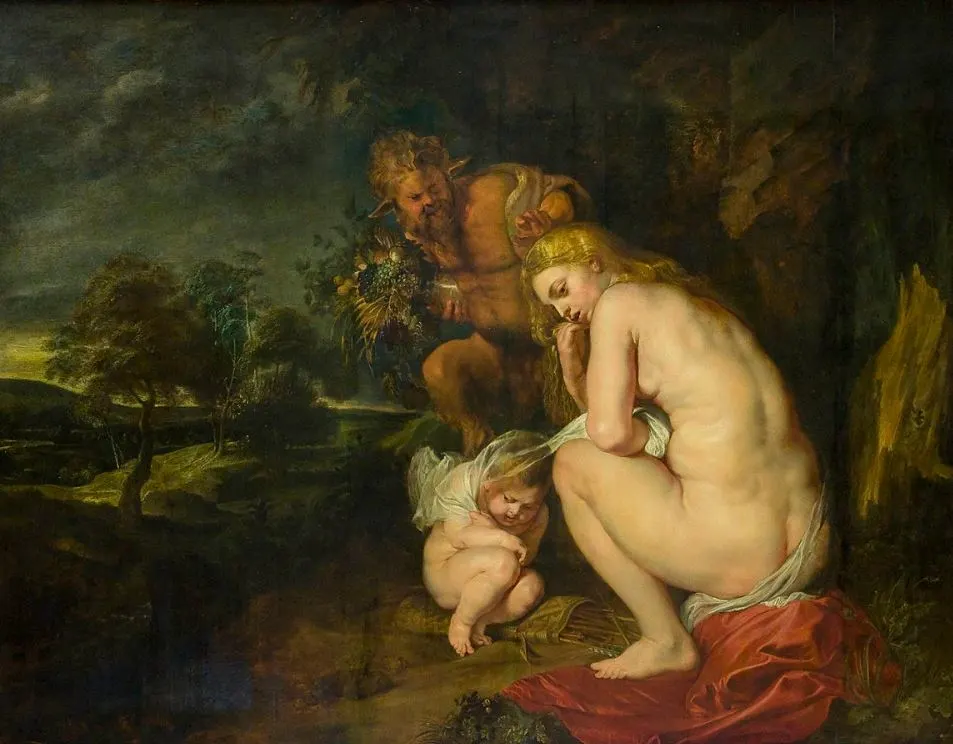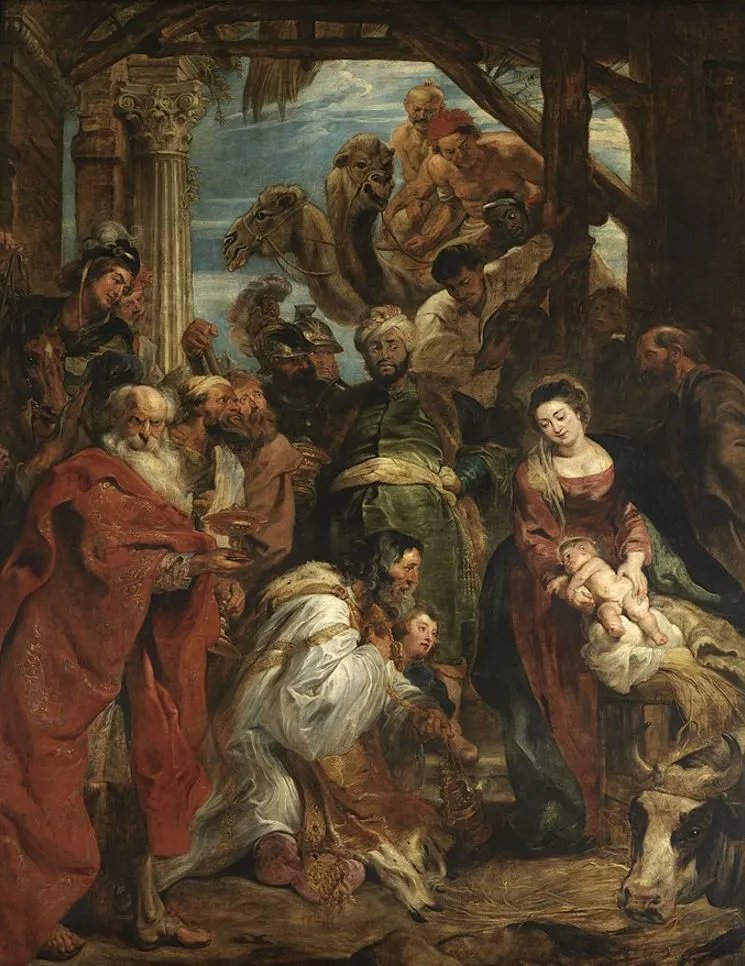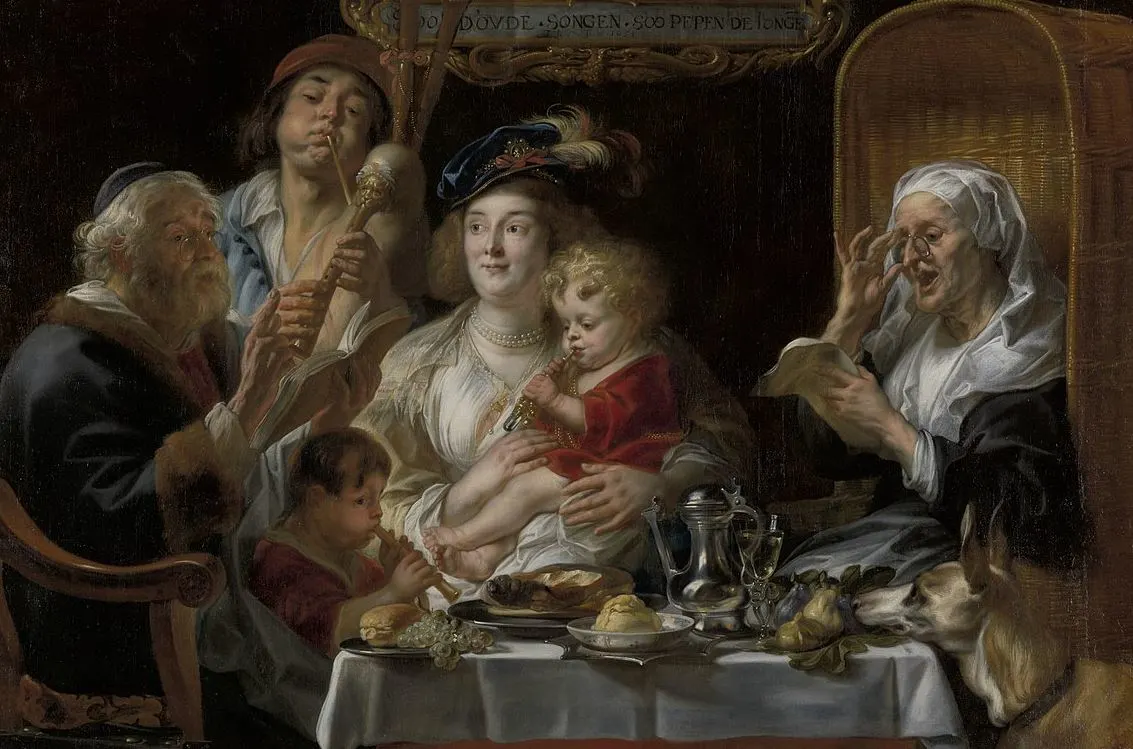It took over a decade before this popular museum in the second-largest city in Belgium was renovated, but it was finally reopened after 11 years.
The Royal Museum of Fine Arts Antwerp (KMSKA) was established in 1810 and the collection of paintings owned by the Guild of Saint Luke in the city formed the base of the initial collection.
The guild was active between the 14th century and 1773 and after it closed down, the collection was held at the Royal Academy of Fine Arts in Antwerp.
Several important figures donated paintings to the museum in the 19th century, including William I of the Netherlands and Florent van Ertborn, a former mayor of the city.
The Neoclassical building that houses the museum is an amazing landmark in Antwerp and is located in the city’s Zuid district.
The collection features artworks that were completed between the 15th and 20th centuries and includes some amazing masterpieces.
In this article, you’ll discover some of the most famous paintings at the Royal Museum of Fine Arts Antwerp.
1. Virgin and Child Surrounded by Angels – Jean Fouquet
- Date created: 1454-1456
- Dimensions: 92 × 83,5 centimeters (36.22 x 32.87 inches)
Virgin and Child Surrounded by Angels is the title of a painting by Jean Fouquet (1420-1481), a French artist from the 15th century who became a French court painter. This is the right panel of a work known as the Melun Diptych, a reference to the town where it once hung.
The left panel depicts the man who commissioned it named Étienne Chevalier with his patron saint St. Stephen. This work is part of the collection of the Gemäldegalerie in Berlin. Remarkably, the work also featured a self-portrait medallion which is part of the collection of the Louvre.

2. Portrait of Philippe I de Croÿ – Rogier van der Weyden
- Date created: 1460
- Dimensions: 49 x 30 centimeters (19.2 x 11.8 inches)

The Portrait of Philippe I de Croÿ is a painting by Early Netherlandish master Rogier van der Weyden (1399-1464) and is a very similar work to the one by Fouquet. This is the right panel of a work that features the portrait of Count Philip I de Croÿ (1435–1511) while the left depicts the Virgin Mary and her child.
These types of diptychs were very popular in the 15th century and were often relatively small. That’s because it’s a type of devotional piece that can easily be carried. The left panel of this work is part of the collection of the Huntington Library, San Marino, California.

3. Christ Surrounded by Singing and Music-making Angels – Hans Memling
- Date created: 1480s
- Dimensions: 164 x 212 centimeters (64.5 x 83.4 inches)
Christ Surrounded by Singing and Music-making Angels is a painting by Hans Memling (1430-1494) and the central panel of an immense triptych. Memling was active in Bruges and was the successor of Rogier van der Weyden. His style very much resembles that of his master.
What’s remarkable about this work is that it was commissioned by wealthy Spanish merchants who commissioned it for the church of Santa Maria la Real in Nájera. The two other panels are pretty much extensions of the sides of the central painting and feature more singing angels. All are on display at the Royal Museum of Fine Arts Antwerp.

4. Jacopo Pesaro being presented by Pope Alexander VI to Saint Peter – Titian
- Date created: 1506-1511
- Dimensions: 145 × 183 centimeters (57 × 72 inches)
Jacopo Pesaro being presented by Pope Alexander VI to Saint Peter is a painting by Titian (1488-1576) that was commissioned by the man who is depicted. Jacopo Pesaro was the Bishop of Paphos on Cyprus and was in command of the papal fleet as well.
Paphos was Venetian territory at the time and he managed to win an important victory over the invading Ottomans in the year 1502. This was one of the few victories of the Venetian army during the Ottoman–Venetian War (1499–1503).

5. Rest on the Flight into Egypt – Gerard David
- Date created: 1515
- Dimensions: 81 × 58 centimeters (32 x 23 inches)
Rest on the Flight into Egypt is a painting by Gerard David (1460-1523), a man who can be described as the final Early Netherlandish artist in history. It depicts a scene that presumably took place in the Flight into Egypt story of the Gospel of Matthew.
This rest is not specifically mentioned but nonetheless became a popular subject in art history. David produced several similar paintings, including a much brighter version with the same title which is part of the collection of the National Gallery in Washington D.C.

6. Venus Frigida – Peter Paul Rubens
- Date created: 1614
- Dimensions: 145.1 x 185.6 centimeters (57.1 x 73 inches)
Venus Frigida is the title of one of the numerous masterpieces by Peter Paul Rubens (1577-1640), the Flemish artist who lived and worked in Antwerp for most of his life. He did travel to Italy and stayed there for nearly a decade in the early 17th century.
The title of this work was derived from a Roman playwright called “Terence” which states “sine Cerere et Baccho friget Venus” or “Without Ceres and Bacchus, Venus freezes. In other words, this Venus painting is a metaphor for saying that love can’t survive without food and wine.

7. Adoration of the Magi – Peter Paul Rubens
- Date created: 1624-1625
- Dimensions: 447 × 336 centimeters (175.98 x 132.28 inches)
Adoration of the Magi is another monumental painting by Peter Paul Rubens and one of at least 4 completely different versions that he produced about this particular episode in the Life of Jesus Christ. After all, the story of the three Kings has been a very popular subject matter in art.
It’s the third version he completed after he first painted this scene in 1609. This work is part of the collection of the Prado in Madrid. Other versions can be found at the Musée des Beaux-Arts de Lyon and at King’s College Chapel, Cambridge, England.

8. As the Old Sang, So the Young Pipe – Jacob Jordaens
- Date created: 1638-1640
- Dimensions: 118,4 × 188,5 centimeters (46.61 x 74.21 inches)
As the Old Sang, So the Young Pipe is also known as “The Old Folks Sing, the Young Folks Chirp” and is a remarkable work of art by Jacob Jordaens, a contemporary of Peter Paul Rubens and another one of the leading Flemish Baroque artists of the 17th century.
It’s the first version of this subject which is basically a visual representation of a Flemish proverb. The second version was completed around the same time and is part of the collection of the Musée des Beaux-Arts de Valenciennes. It is a lot brighter than the painting at the Museum of Fine Arts Antwerp.

9. The Intrigue – James Ensor
- Date created: 1890
- Dimensions: 89.5 x 149 centimeters (35.2 x 58.6 inches)
The Intrigue is the title of a fascinating painting by James Ensor (1860-1949), one of the most influential Belgian artists in history. This work can be described as a closer view of the peculiar mask-wearing figures that dominate his most famous work titled Christ’s Entry Into Brussels in 1889 (1888).
This canvas features 11 figures who all wear masks, a recurring subject in Ensor’s oeuvre. It has been described as a “grotesque group portrait” that was inspired by the masks that were sold in his family’s gift shop specialized in items related to carnival.

10. Sitting Nude – Amedeo Modigliani
- Date created: 1917
- Dimensions: 114 × 74 centimeters (45 x 29 inches)
Sitting Nude is the title of one of the dozens of nude paintings that Italian painter Amedeo Modigliani (1884-1920) painted between 1916 and 1919. Several of these were on display at the only solo exhibition of the artist in Paris in 1917 which caused quite a shock in the art community.
This only added to the fame of these paintings, though, because they are some of the most valuable works of art today. Another version titled “Nu couché” sold for the whopping amount of $170,405,000 at Christie’s in 2015.

